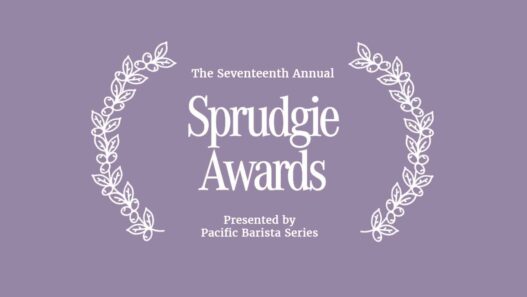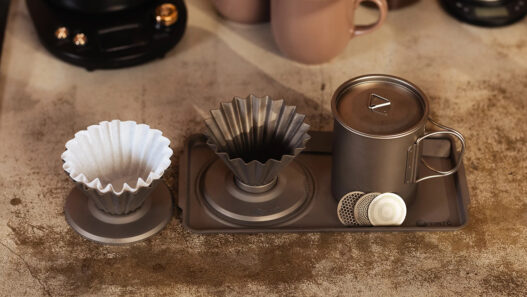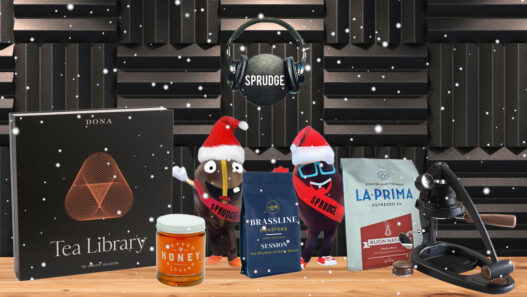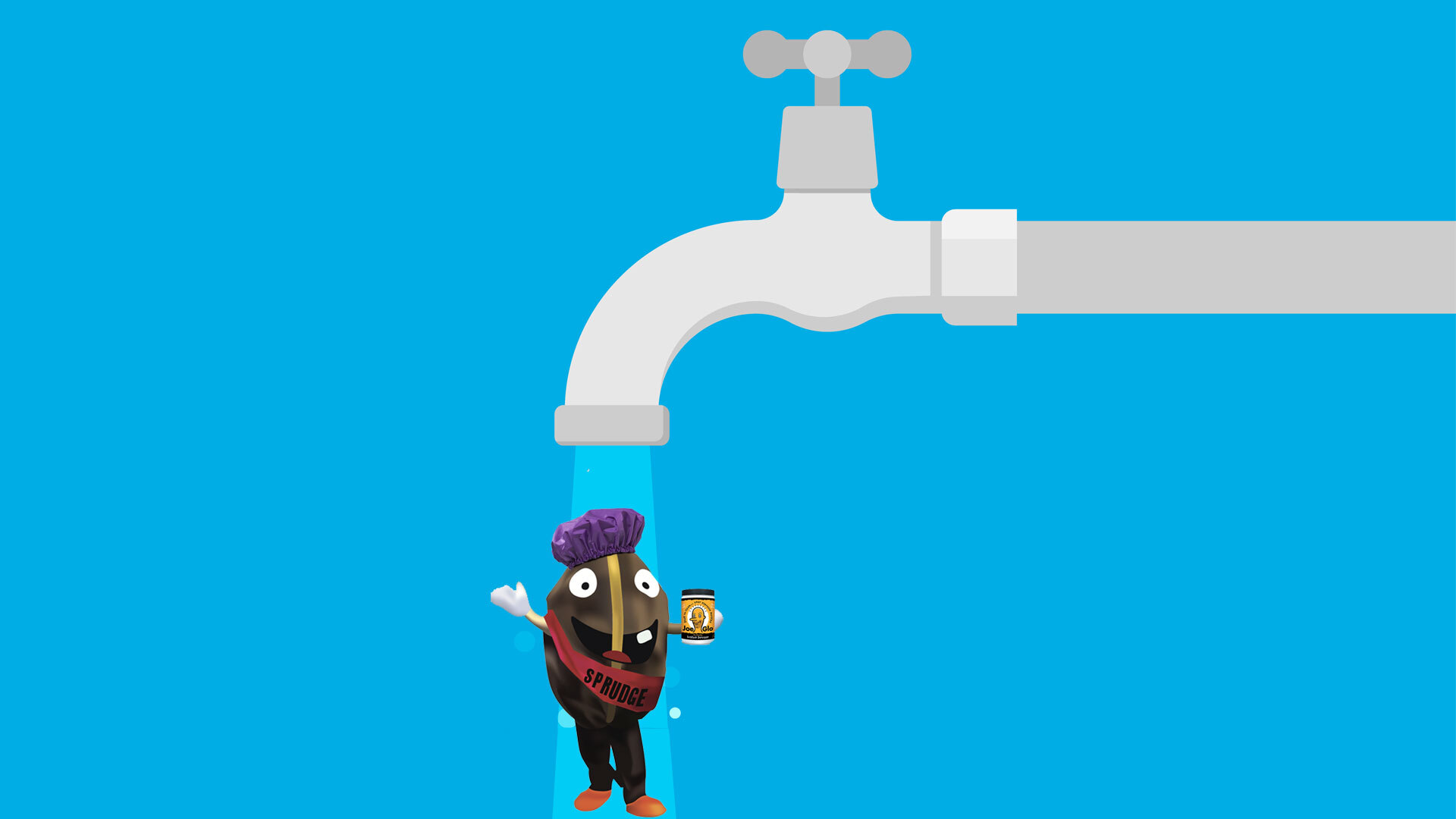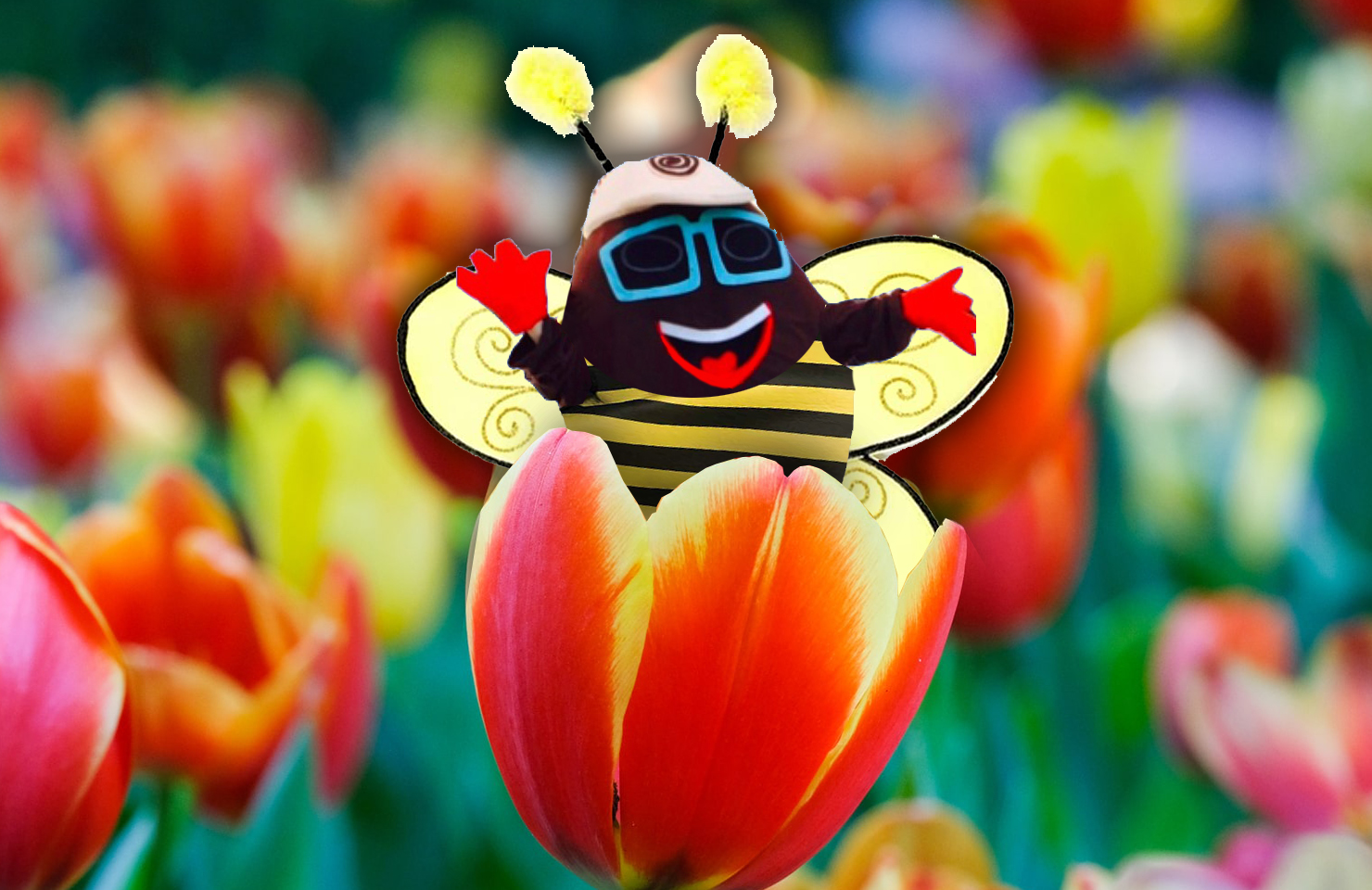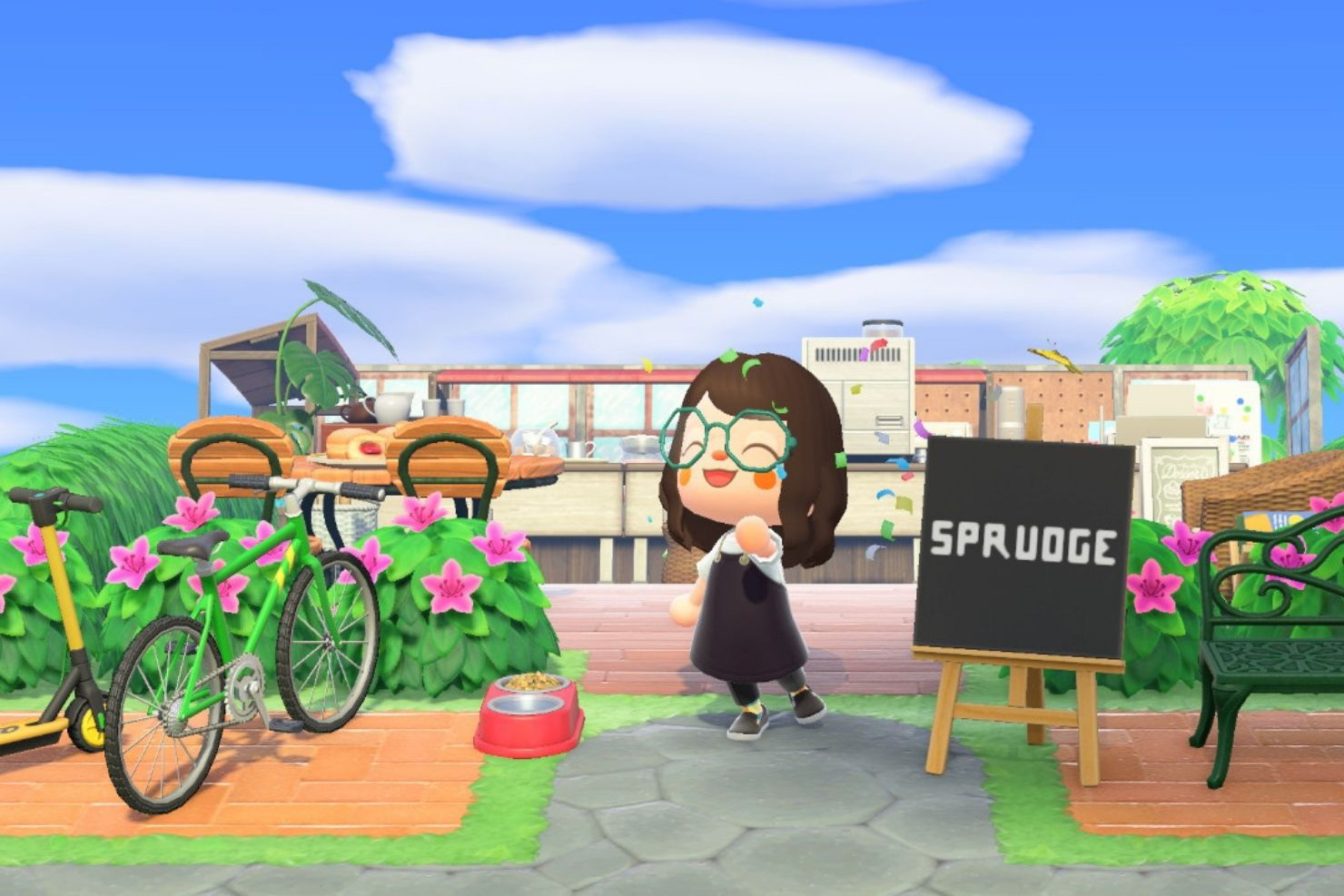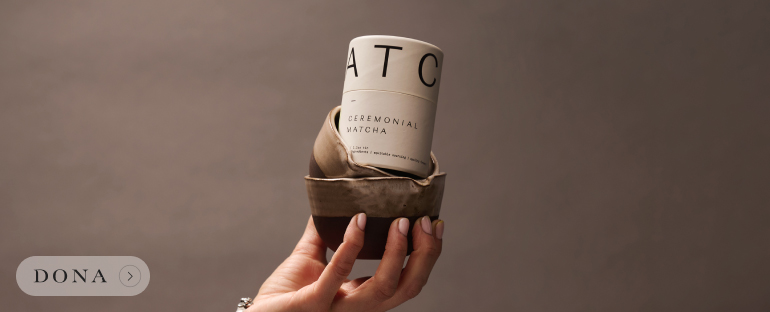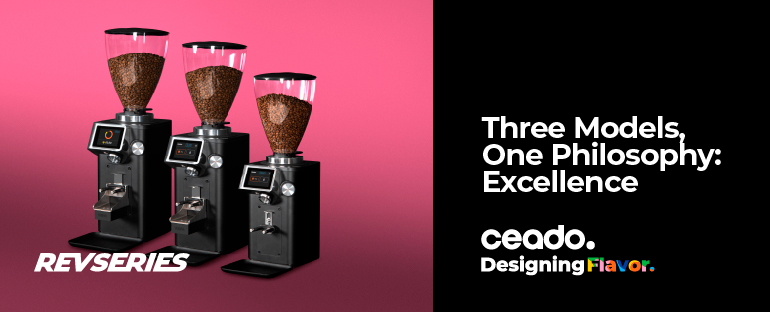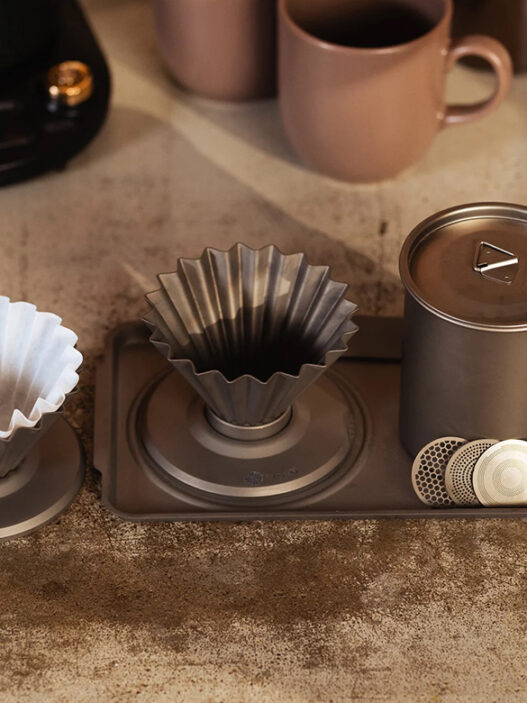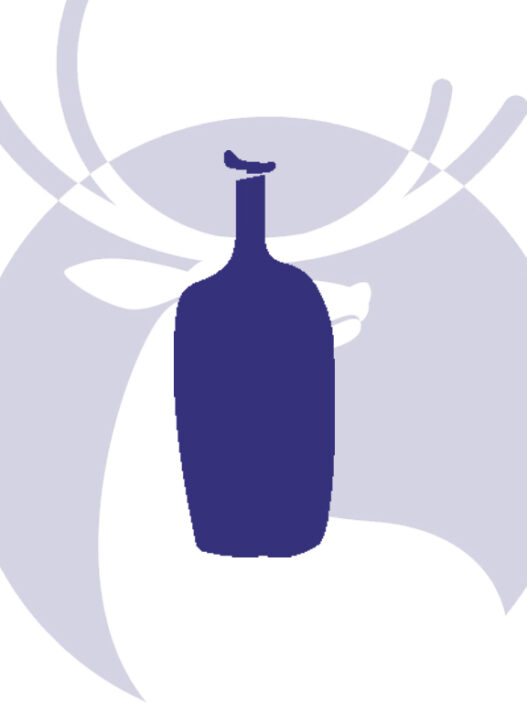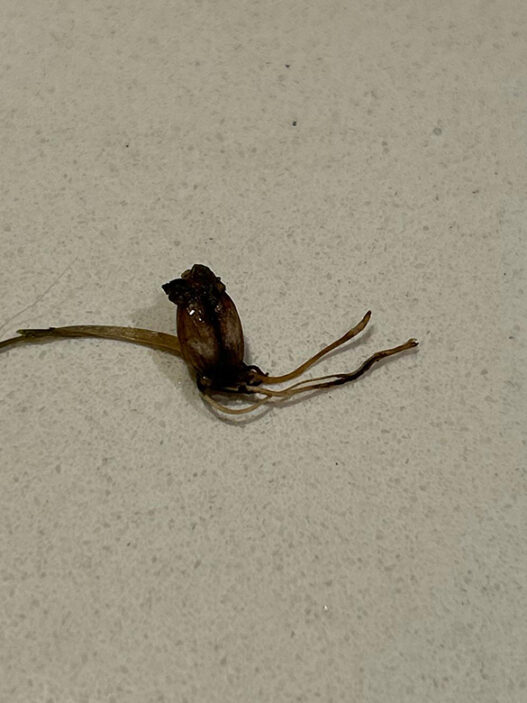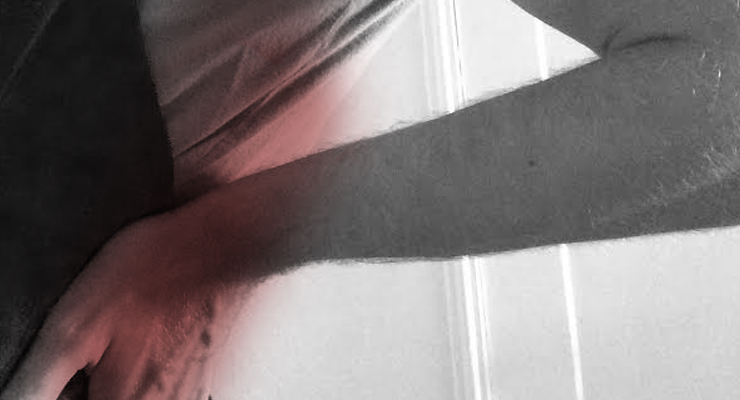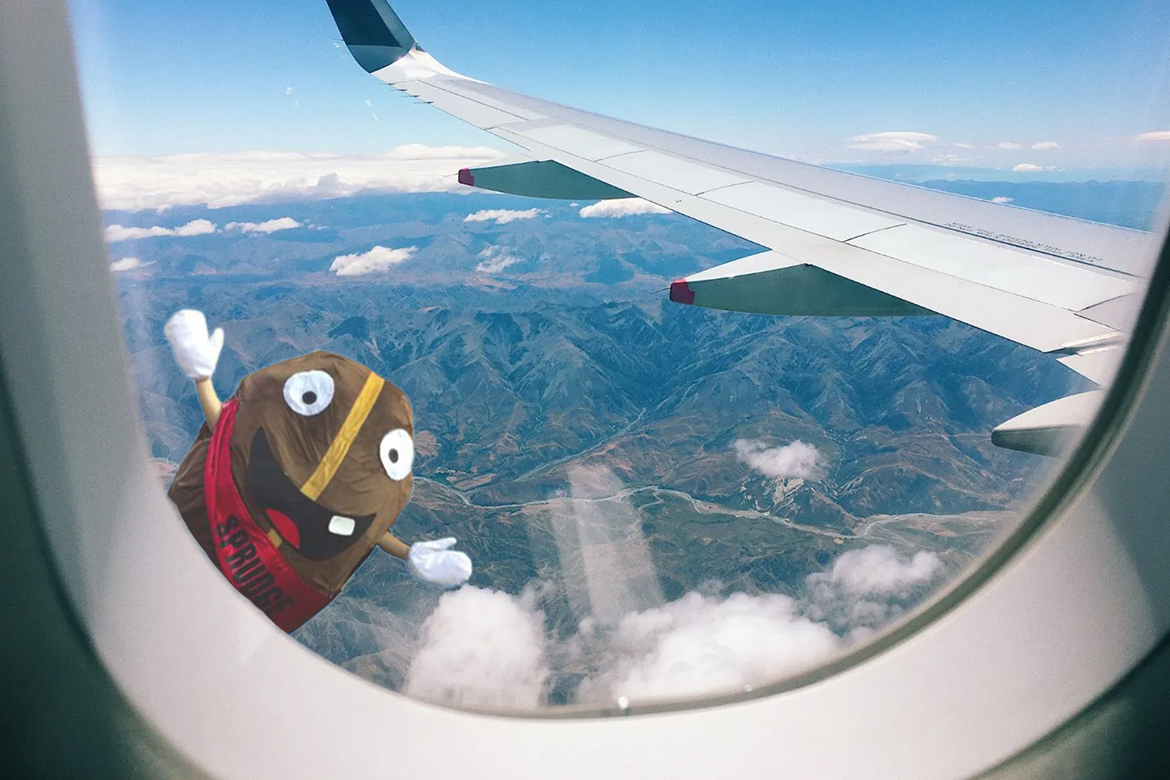Humans aren’t the only species that like a good coffee buzz. As Nicholas Cage once said, “BEES!!! AHHH MY EYES! MY EYES!!!” A new study finds that, much like their human counterparts, bees are more productive after a quick jolt of caffeine.
As reported by the Guardian, the research is the work of the Natural Resources Institute at the University of Greenwich in London. For the study—recently published in the journal Current Biology—researchers led by Dr. Sarah Arnold sprayed a bee hive with a blend of caffeine, sugar, and the aroma from a “target flower,” the specific flower type researchers wanted the bees to pollinate; for the experiment, the target was the strawberry flower. (Which, by the by, caffeine, sugar, and a strawberry florality sounds like the flavor calls from a WBC espresso course.)
Researchers then let the bees free to roam a lab, where they were presented with “robot flowers,” fake flowers doused in either the target strawberry flower aroma or the “soft, citrusy notes of linalool,” a compound not found in the target flower. They found that the bees were “far more interested” in the target flowers than the linalool-soaked distractor flowers.
“We were interested in seeing whether the bees would go for all of the flowers equally since they were all equally rewarded, or whether they go for the flowers that smell like the ones that they been kind of trained on in the nest,” said the study author, Dr. Sarah Arnold.
The potential commercial impact of the study’s findings are significant. The article notes that climate change, habitat loss, and pesticides have all ravaged populations of wild pollinators (including bees), and that agricultural producers (including coffee farmers) have historically relied on bees to pollinate their crops. This has led many farmers to implement “managed pollinators,” commercial bumblebee colonies to make up for the loss of the wild population. But managed pollinators aren’t quite as efficient as their wild counterparts, often not leaving the hive or getting distracted by other flowers in the vicinity instead of the crops they were brought in to pollinate. With the ability to energize and focus a bee population via a controlled caffeine-target flower combination, farmers could utilize managed pollinators more efficiently to their desired end.
Still, there are questions to be answered before the study’s findings can be fully implemented. While the study notes that the experiment didn’t impact the bees’ lifespan and thus doesn’t appear to be toxic, how it would fare in the wild, where the bees would have to contend with differing weather conditions, travel further distances, and have more than just a single distractor pollinator to throw them off course, still needs to be examined.
But it’s a promising start nonetheless. Soon bees could pollinate the coffee trees used to make the caffeine we feed the bees to pollinate our coffee trees. It’s a circular economy.
Save the bees, y’all.
Zac Cadwalader is the managing editor at Sprudge Media Network and a staff writer based in Dallas. Read more Zac Cadwalader on Sprudge.




